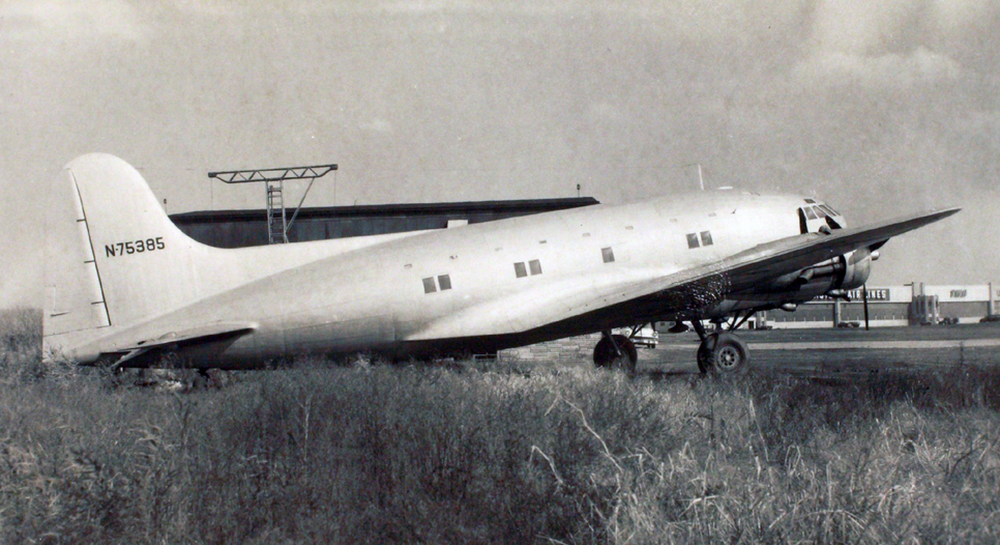Crash of a Douglas C-47B-5-DK in Barreiras: 3 killed
Date & Time:
Sep 22, 1958
Registration:
PP-NAR
Survivors:
No
Schedule:
Barreiras - Barreiras
MSN:
14574/26019
YOM:
1944
Crew on board:
3
Crew fatalities:
Pax on board:
0
Pax fatalities:
Other fatalities:
Total fatalities:
3
Circumstances:
Recently owned and operated by the US Air Force under the registration 43-48758, the plane was involved in accident and considered as damaged beyond repair. The aircraft was sold on the spot to Navegação Aérea Brasileira. Mechanics, not qualified for the job, were ordered to repair the aircraft. On September 21 the aircraft was authorized to carry out a 7-minute test flight. The day after, another test flight was planned. Shortly after takeoff on the second test flight, the left main undercarriage would not retract. Two minutes later the gear worked loose and struck the wing which folded upwards. The remaining (right) wing broke up and the airplane crashed vertically into the ground. All three crew members were killed.
Probable cause:
Unqualified personnel were instructed to repair an aircraft following an accident.
















